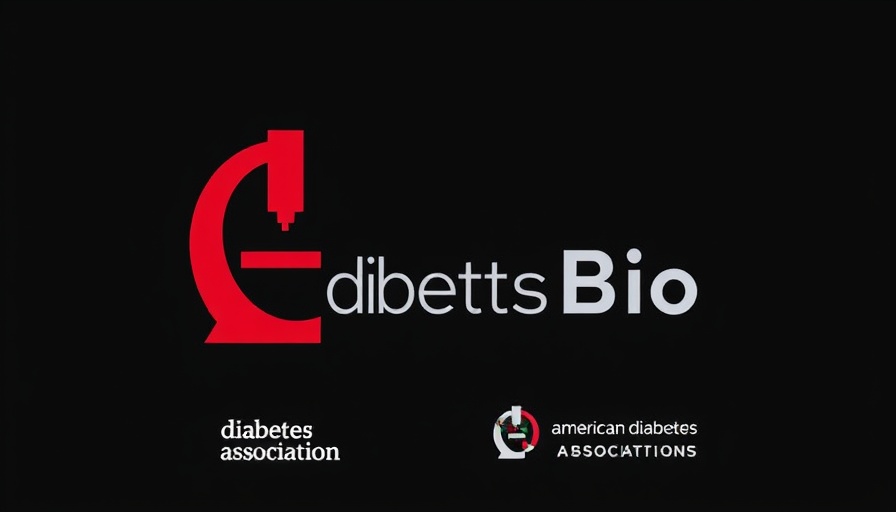
Understanding the Connection Between Sleep Apnea and Pregnancy
Sleep apnea, particularly obstructive sleep apnea (OSA), can pose significant health risks during pregnancy. It affects both maternal health and fetal development. Recent research highlights that high-risk pregnant women with sleep apnea are more susceptible to gestational diabetes, hypertension, and preeclampsia. These complications can lead to adverse outcomes for both mother and child, making effective treatment strategies essential.
PAP Therapy: A Beacon of Hope
A recent meta-analysis has shed light on the use of Positive Airway Pressure (PAP) therapy as a promising treatment for managing glucose levels in pregnant women at high risk for gestational diabetes related to sleep apnea. Using PAP therapy can improve oxygenation during sleep, which is crucial for pregnant women who often experience disrupted sleep patterns due to hormonal changes and weight gain.
Studies show that by maintaining consistent airway pressure throughout the night, PAP therapy not only alleviates the symptoms of sleep apnea but may also positively influence glucose metabolism. Improved glucose control can lead to better pregnancy outcomes, reducing the risk of complications associated with gestational diabetes.
The Meta-Analysis Findings
The meta-analysis examined multiple studies, focusing on the health outcomes of pregnant women using PAP therapy versus those who did not utilize this treatment. Results indicated a significant reduction in glucose levels among those receiving PAP treatment. Furthermore, users of PAP therapy reported improved sleep quality, which is a vital factor in not only maternal health but also fetal development.
Additional Benefits of PAP Therapy
Besides better glucose regulation, PAP therapy can mitigate the risk of extreme complications such as preterm birth and cesarean deliveries, which are more prevalent in pregnant women suffering from sleep apnea. The positive impacts on sleep quality also enhance mood and cognitive function, benefiting not just the mother but the burgeoning child.
Future Implications and Research Directions
The findings of this meta-analysis advocate for increased awareness and screening for sleep apnea in high-risk pregnant populations. With more research, there could be substantial advancements in personalized care approaches that integrate PAP therapy into routine prenatal healthcare as a preventive measure against gestational diabetes and other complications.
Moving forward, future research should aim to explore optimal PAP therapy settings and the long-term outcomes for mothers and children following pregnancy. This line of inquiry could unravel additional insights into enhancing maternal and fetal health outcomes considerably.
Conclusion: Why This Matters
For healthcare providers, recognizing the signs of sleep apnea during pregnancy is crucial to ensuring safe and healthy pregnancies for women at high risk. As technology in sleep therapy continues to evolve, integrating these therapeutic measures into pregnancy management will be important for safeguarding maternal health and optimizing fetal outcomes. Understanding the benefits of PAP therapy can empower patients and medical professionals alike in their healthcare decisions, leading to improved quality of life and healthier pregnancies.
 Add Row
Add Row  Add
Add 




Write A Comment